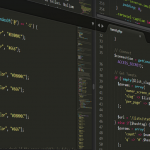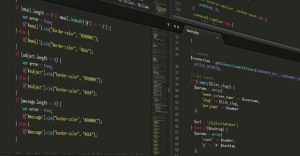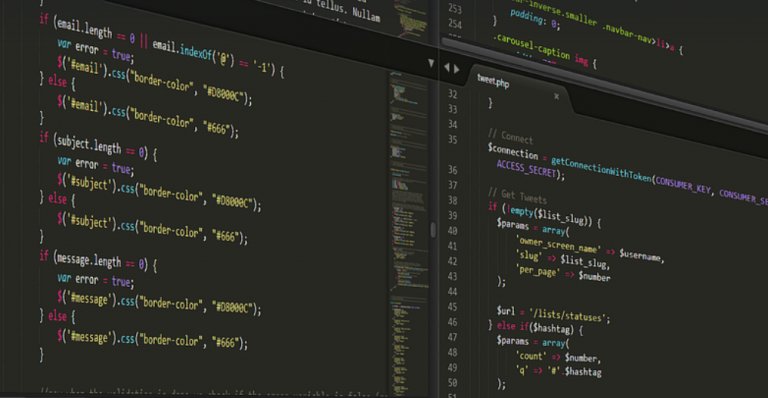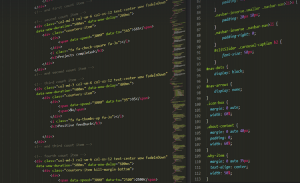Reporting Made Easy: Your Guide to Python
Have you ever wished for a way to transform raw data into compelling visual reports? Imagine crafting dynamic dashboards, informative spreadsheets, and even interactive presentations with just a few lines of Python code. That’s the magic of generating reports in Python! The versatile language empowers you to go beyond simple text-based summaries and explore data’s hidden stories.
Python boasts an array of libraries specifically designed for report generation, each offering unique capabilities and features. From basic functionalities like CSV export to more advanced techniques involving interactive plots and dashboards, these libraries can handle almost anything you throw at them!
Why Python is the King of Data Reports
Choosing a programming language for reporting isn’t simply about preference; it involves carefully assessing your needs and resources. Python stands out as a top contender due to its:
- User-Friendly Syntax: Python’s clean, straightforward syntax makes writing code efficient and intuitive even if you’re new to programming.
- Vast Ecosystem of Libraries: Python has a rich collection of libraries like Pandas, NumPy, and Matplotlib that provide ready-made functions and tools for data analysis and report creation. This saves you time and effort in building complex reports.
- Scalability: Whether you’re dealing with small datasets or massive ones, Python scales seamlessly. You can build simple reports or create intricate dashboards that handle huge amounts of data without compromising performance.
- Community Support: Benefit from a vast and supportive community of developers who actively share knowledge, resources, and solutions. This fosters continuous improvement and access to expert assistance.
These factors make Python the preferred choice for data analysts, scientists, and anyone looking to leverage their expertise in turning raw numbers into insightful visuals that truly tell a story.
Step-by-Step Guide: Crafting Your First Report
Let’s dive into a simple example of generating a report using Python. Imagine you have a dataset containing sales data for various products and want to generate a report detailing monthly sales figures.
- Import Libraries: Begin by importing the necessary libraries: Pandas for data manipulation and Matplotlib for chart creation.
- Load Your Data: Use Pandas’ Read_csv function to read your data file into a pandas DataFrame.
- Select Relevant Information: Use Pandas’ selection tools like `.loc` or `.iloc` to filter information relevant to your report, such as sales by month.
- Create the Report: Use Matplotlib to construct charts, tables, and graphs. For instance, create a bar chart to visualize monthly sales trends.
- Customize Your Output: Fine-tune your report’s appearance with various formatting options offered by Matplotlib. Add headers, footers, change font sizes, and more.
Exploring Advanced Report Features
Python offers a broad range of features that can elevate your reporting game beyond the basic. For instance:
- Interactive Dashboards: Libraries like Plotly or Dash create real-time dashboards where users can interact with charts, graphs, and data tables.
- Customizable Templates: Create professional reports with consistent formatting using tools like Sphinx for generating HTML documentation or Jupyter Notebooks.
- Data Visualization Magic: Libraries such as Seaborn offer advanced visualization techniques to go beyond basic charts, allowing you to create visually appealing and informative graphs.
- Interactive Reports: : Enable users to explore data through interactive filters, drilldowns, and dynamic visualizations. This allows users to gain insights at their own pace.
The Future of Data Reporting with Python
As technology evolves, so does the way we interact with data. Python’s future in data reporting is bright! With its versatility, scalability, and evolving libraries, it will continue to empower businesses and individuals alike to uncover hidden insights within their data.
Get Started Today!
Ready to unleash your inner data storyteller? Start exploring the world of Python report generation today. There’s a vast amount of resources available online, from tutorials and documentation to engaging communities where you can learn from others and share your own creations.















